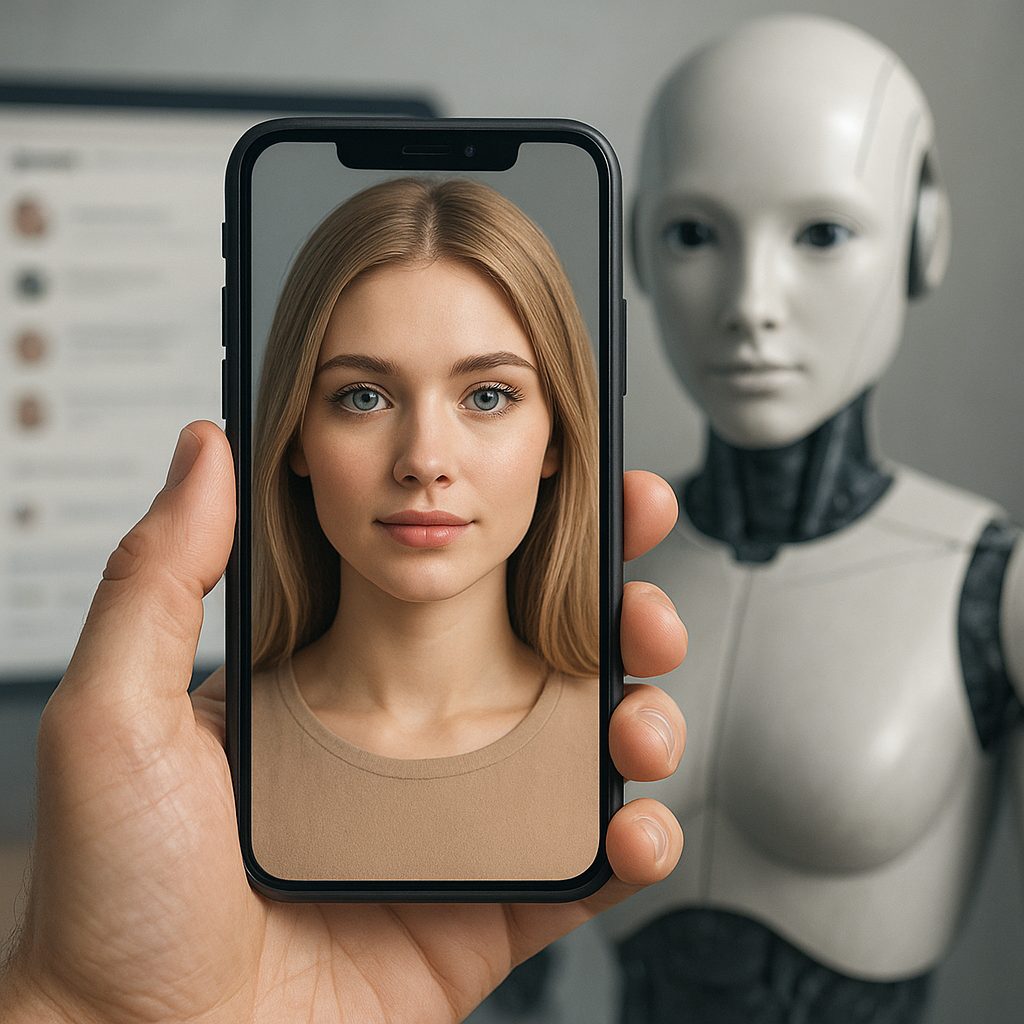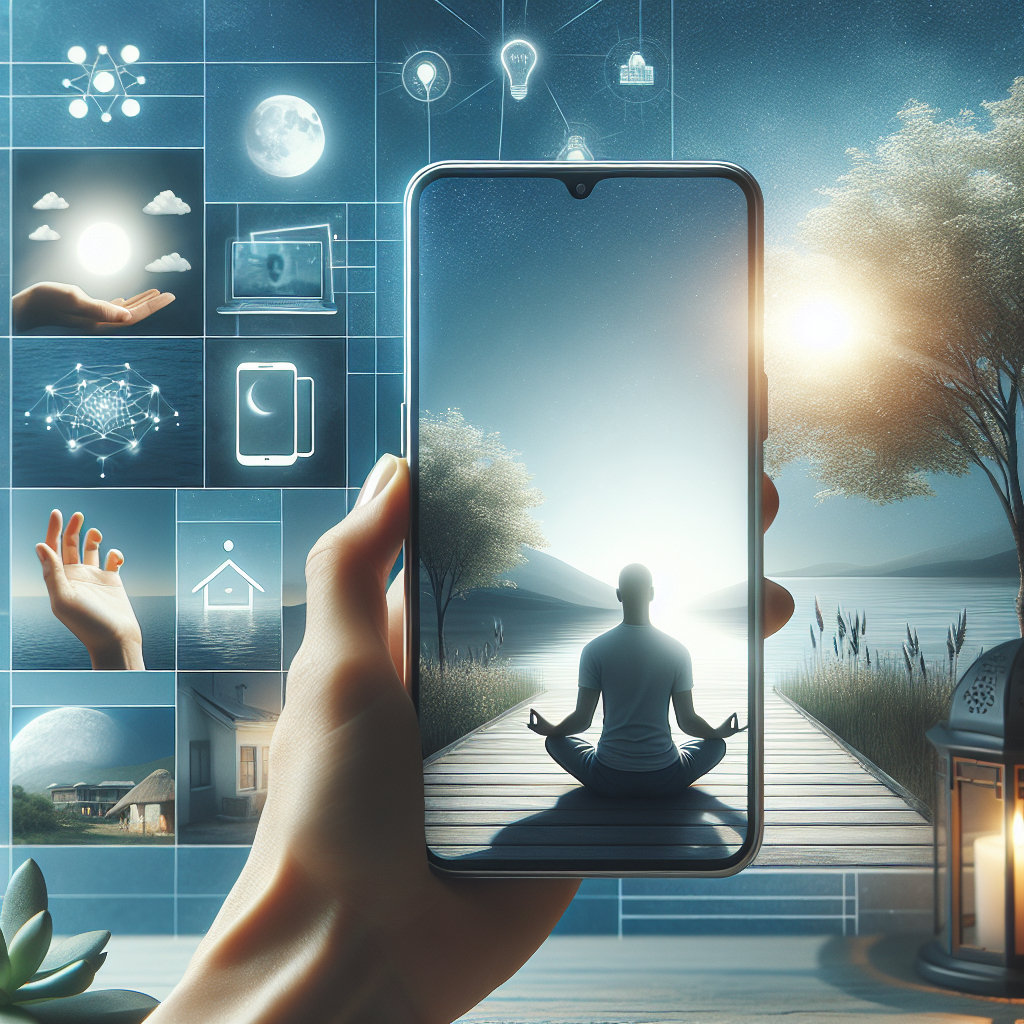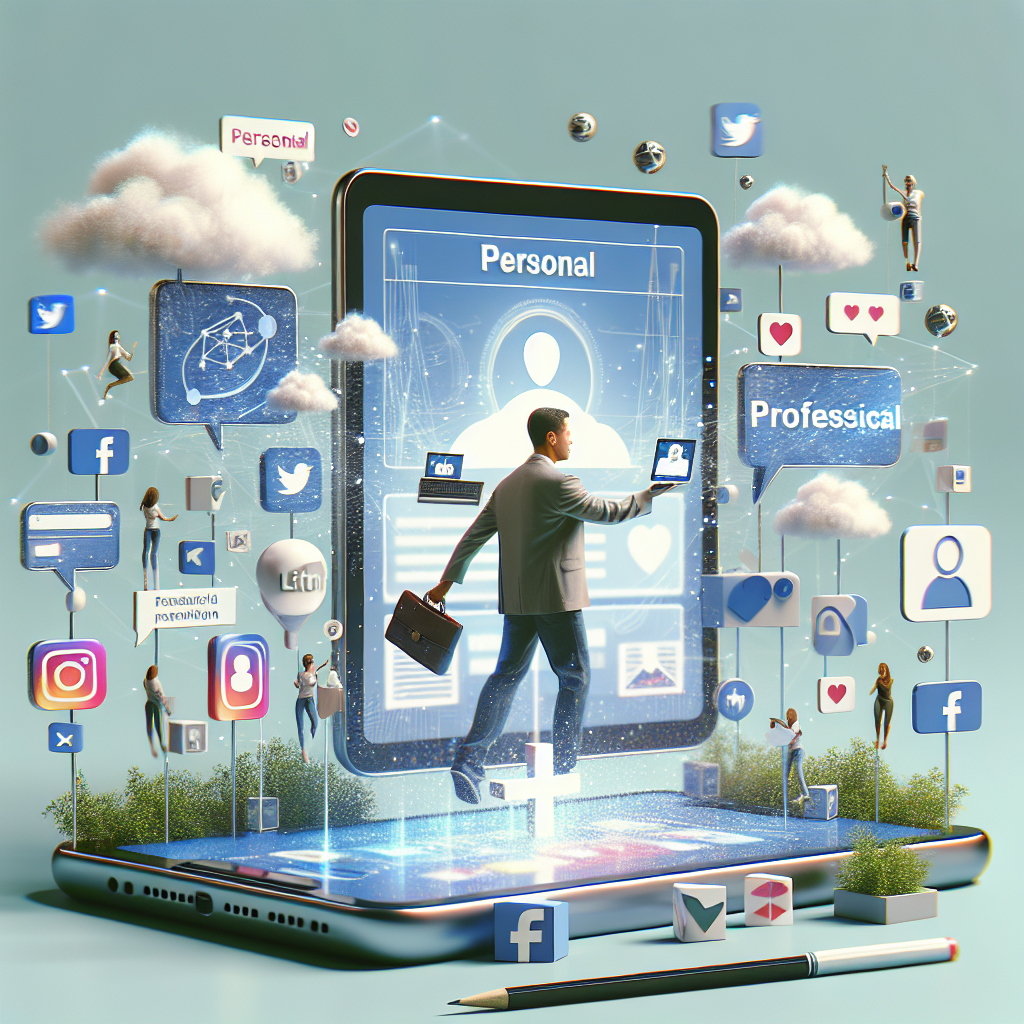The rise of AI-generated influencers has ushered in a new era of digital personalities that challenge traditional notions of celebrity, marketing, and online communication. As brands and content creators explore virtual ambassadors, the boundaries between human and machine blur, raising questions about trust, engagement, and the future of social media. This article delves into the emergence of these computer-created stars, their impact on audience dynamics, the ethical debates they spark, and the trends shaping tomorrow’s influencer landscape.
The Emergence of AI-Generated Influencers
The concept of virtual personas dates back to early chatbots and animated characters used for niche promotional campaigns. However, recent advances in deep learning, generative adversarial networks (GANs), and natural language processing have enabled the creation of lifelike avatars that can move, speak, and interact on social media platforms. These AI-generated entities are meticulously designed to capture attention, reflect target demographics, and serve brand objectives without the limitations of human schedules or privacy concerns.
Major fashion houses, cosmetics brands, and entertainment companies have spotted the potential of virtual ambassadors to maintain constant visibility and experiment with creativity at scale. By fine-tuning facial expressions, gestures, and scripted dialogue, developers achieve an uncanny valley balance—close enough to human to engender empathy, yet deliberately stylized to avoid outright deception. Early pioneers such as virtual supermodel Shudu and the Japanese virtual pop star Hatsune Miku demonstrated that a carefully crafted persona could amass millions of followers, spark fan art, and even headline live events.
Key technological enablers:
- Advanced computer vision and motion capture for realistic animations
- GAN-driven image synthesis to refine facial details and outfits
- Context-aware language models for dynamic captions and comments
- Integration with analytics dashboards to monitor metrics in real time
Together, these components form a backbone that empowers brands to create a new breed of celebrity whose output can be instantly adapted to reflect emerging trends, seasonal campaigns, or global events.
Impact on Social Media and Audience Engagement
The arrival of AI-driven influencers has transformed the social media ecosystem, affecting user behavior, engagement strategies, and marketing budgets. Virtual personalities operate 24/7, posting curated content ranging from product endorsements and lifestyle tips to interactive Q&A sessions powered by chatbots. Their constant presence boosts follower activity, often leading to higher engagement rates compared to human counterparts who juggle multiple commitments.
Brands leverage AI influencers to target niche segments through highly personalized messaging. By deploying machine learning algorithms, virtual avatars can analyze follower preferences—such as favorite colors, trending hashtags, and content formats—and adjust their content calendars accordingly. This level of personalization drives click-through rates and conversions, fueling the push toward data-driven creative decisions.
Social media managers report several advantages:
- Predictable content production without burnout or scheduling conflicts
- Seamless A/B testing of visual styles, tone, and posting times
- Scalable interactions via AI-powered chat functions
- Enhanced alignment with brand guidelines and compliance standards
However, some observers note the potential for audience fatigue if AI personas lack genuine spontaneity or emotional depth. To address this, developers build nuanced backstories, integrate real-time trend monitoring, and occasionally partner virtual figures with human influencers to preserve a sense of unpredictability in collaborations.
Ethical Considerations and Authenticity
As AI influencers gain momentum, debates intensify around authenticity, consent, and the potential for manipulation. Critics warn that followers may form emotional attachments to entities that lack genuine consciousness, leading to disillusionment when the true nature of the persona is revealed. There are calls for mandatory disclosure policies to ensure consumers understand when they are interacting with a machine rather than a human being.
Several ethical questions arise:
- Should social platforms require clear labeling of AI-generated content?
- Can virtual influencers inadvertently perpetuate biased beauty standards or cultural stereotypes?
- What safeguards prevent misuse of generated likenesses for misinformation or deepfake campaigns?
- How do copyright and creative ownership apply when multiple teams contribute to a persona’s design?
Industry bodies and regulatory agencies are exploring guidelines that emphasize transparency and responsible design. Some proposals include watermarking AI-generated images, publishing source code for public audit, and imposing stricter rules on partnerships that exploit vulnerable audiences. Meanwhile, brands must weigh the risk of eroding consumer trust against the allure of novelty and cost-efficiency.
Future Trends and Industry Responses
The trajectory of virtual influencers points toward ever-greater integration with emerging technologies such as augmented reality (AR), virtual reality (VR), and the metaverse. In immersive environments, AI personalities could serve as virtual hosts, guiding users through branded experiences or facilitating live shopping events. By combining 3D holography with real-time motion capture, these avatars might even appear next to human participants in hybrid gatherings, further blurring the line between digital and physical worlds.
Key developments on the horizon include:
- Voice cloning and sentiment analysis for richer conversational abilities
- Cross-platform personas that maintain continuity across games, social apps, and streaming services
- Adaptive wardrobe systems that simulate clothing physics and fabric textures
- Blockchain-based provenance tools to authenticate digital appearances and trace royalty agreements
Meanwhile, established influencers and agencies are responding by upskilling in AI tools and collaborating with technologists to co-create hybrid characters that merge human spontaneity with algorithmic precision. Experimentation with co-hosted livestreams, dynamic ad placements, and interactive storytelling has already begun reshaping sponsorship models and redefining what it means to monetize an online presence.
Ultimately, as the digital economy evolves, AI-generated influencers will play an increasingly prominent role in shaping trends, consumer preferences, and the very nature of online relationships. Navigating this landscape demands a balance of innovation, ethical foresight, and a keen understanding of audience psychology to harness the full potential of these virtual trailblazers.



